Graph shows the variation of the number of radioactive atoms left undecayed with time. Find the time corresponding to ?

We know that
…(1)
Also, =ln 3
[From (i)]
Topper's Solved these Questions
- NUCLEIBOOK - AAKASH SERIESCHAPTER - NUCLEIEXERCISE - Exercise-I
80 Videos
- NUCLEIBOOK - AAKASH SERIESCHAPTER - NUCLEIEXERCISE - Exercise-II
40 Videos
- NUCLEAR PHYSICSBOOK - AAKASH SERIESCHAPTER - NUCLEAR PHYSICSEXERCISE - ADDITIONAL PRACTICE PRACTICE SHEET (ADVANCED) Integer Type Questions
4 Videos
- OPTICAL INSTRUMENTS BOOK - AAKASH SERIESCHAPTER - OPTICAL INSTRUMENTS EXERCISE - PRACTICE SHEET (EXERCISE -I) (OPTICAL INSTRUMENTS) (LEVEL-I (MAIN)) (SUBJECTIVE OBJECTIVE TYPE QUESTIONS)
21 Videos
Similar Questions
Draw a graph showing the variation of decay rate (−dNdt) with number (N) of radioactive nuclei.
View SolutionA sample of a radioactive nucleus A disintegrates to another radioactive nucleus B, which in turn disintegrates to some other stable nucleus C. Plot of a graph showing the variation of number of atoms of nucleus B vesus time is : (Assume that at t = 0, there are no B atoms in the sample)
View Solution
Knowledge Check
If N0andN are the number of radioactive particles at time t=0andt=t, then
Aλ=1tlogN0NBλ=2.303tlogNN0Cλ=t2.303logN0NDλ=2.303tlogN0NThe graph between number of decayed atoms N' of a radioactive element and time t is.
A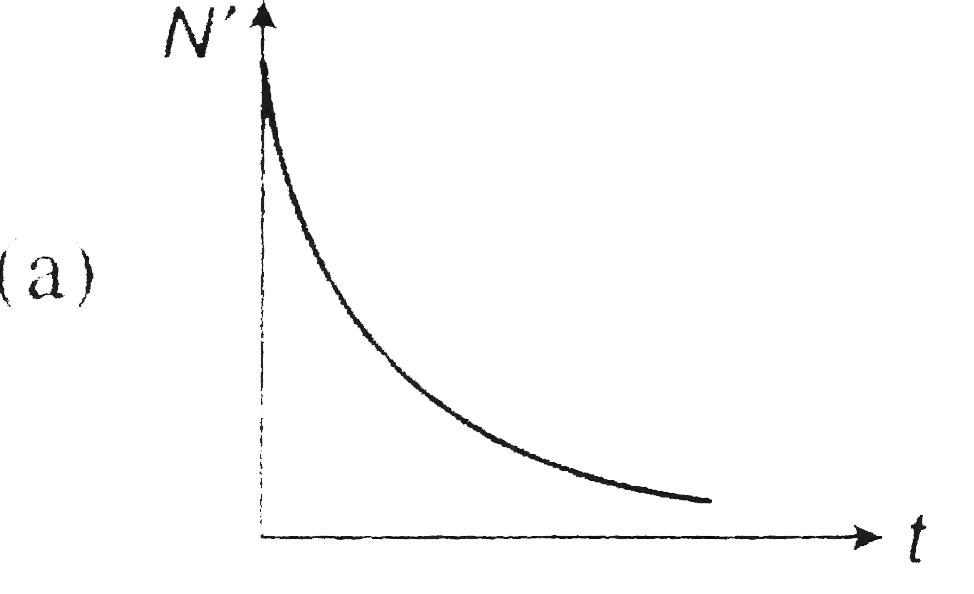 .B
.B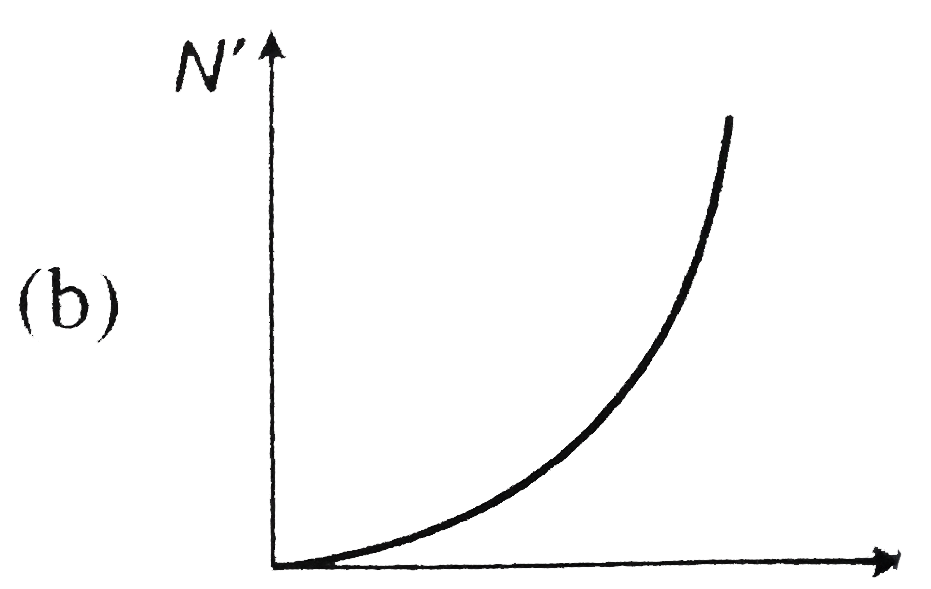 .C
.C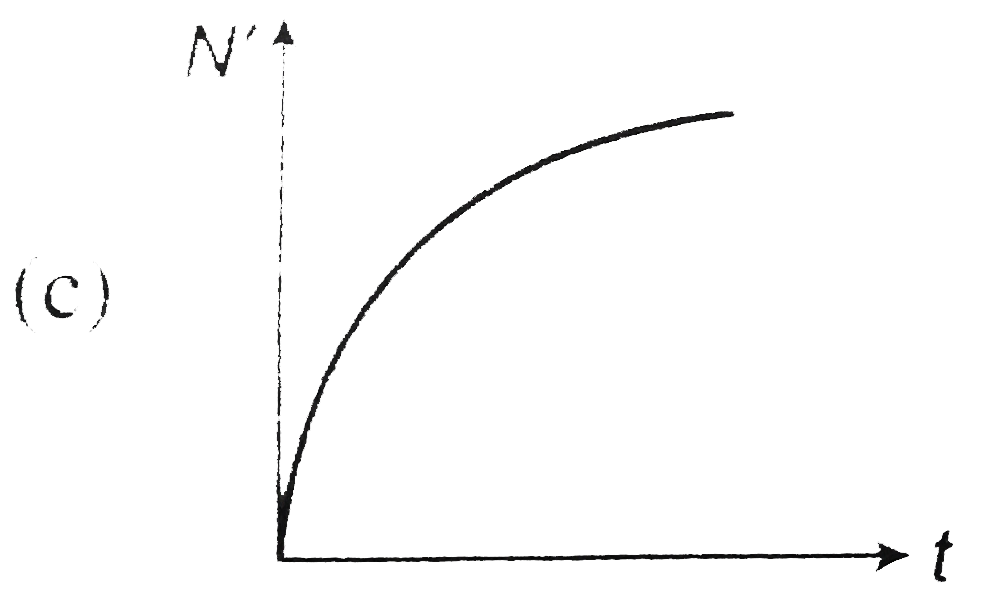 .D
.D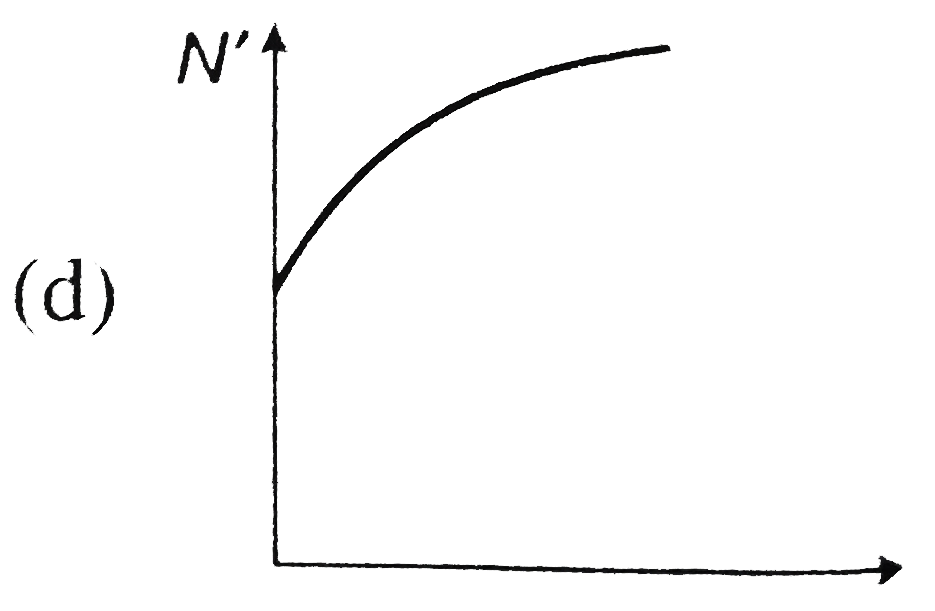 .
.Which of the following graphs represents the variation of activity (A) of a radioactive substance with time (t).
A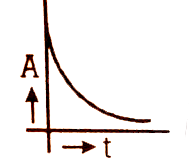 B
B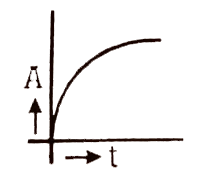 C
C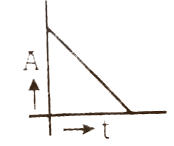 D
D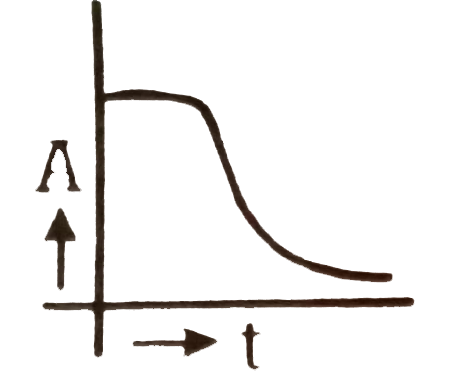
A radioactive isotope X decays into a stable nucleus Y. Draw graphs showing the variation of rate of formation of Y versus time and the variation of population of Y versus time. Initial population of Y is zero.
View SolutionThe graph between the instantaneous concentration (N) of a radioactive element and time (t) is.
View SolutionDraw a graph of number of undecayed nuclei to the time, for a radioactive nuclei.
View SolutionThe graph between the instantaneous concentration (N) of a radioactive element and time (t) is.
View SolutionHow much radioactive material is left undecayed after a time period equal to halt the half life of the material?
View Solution
